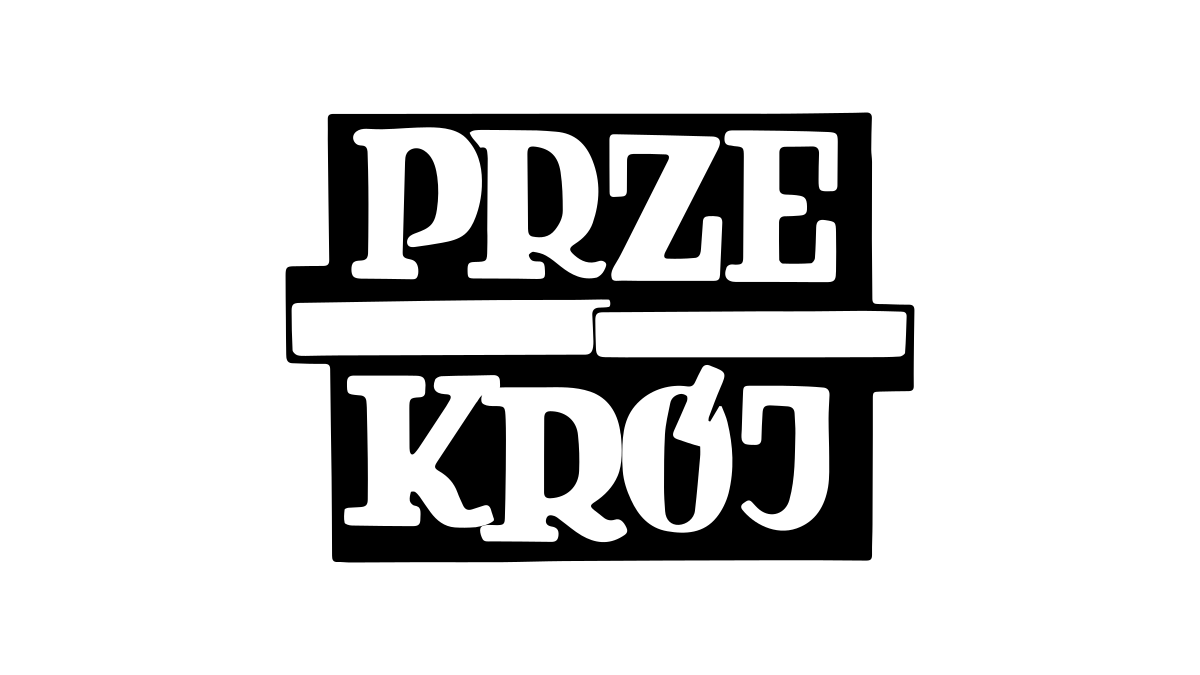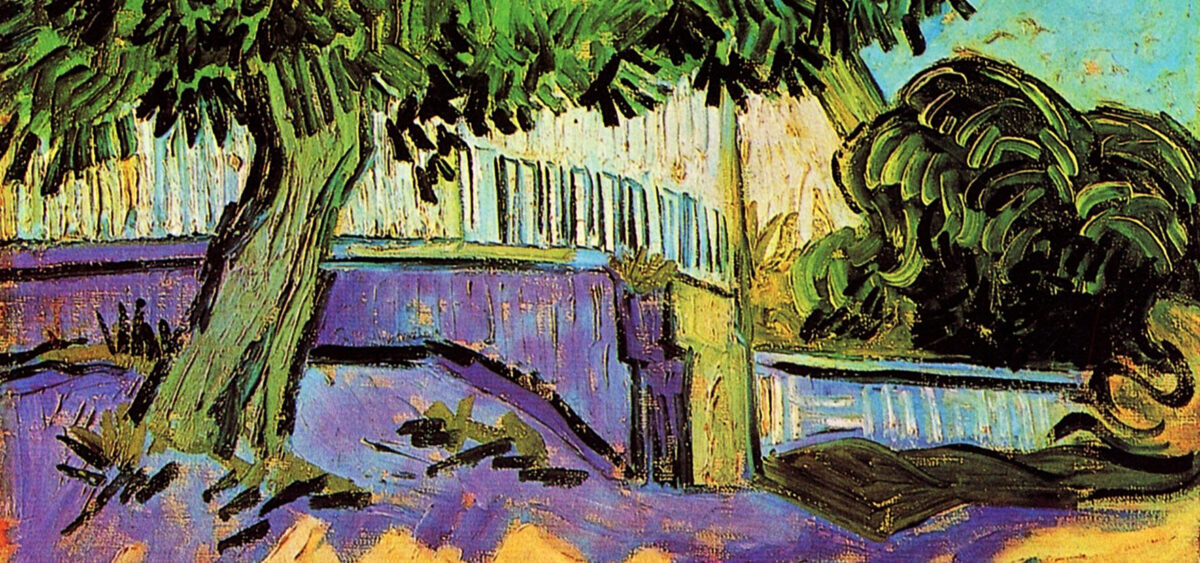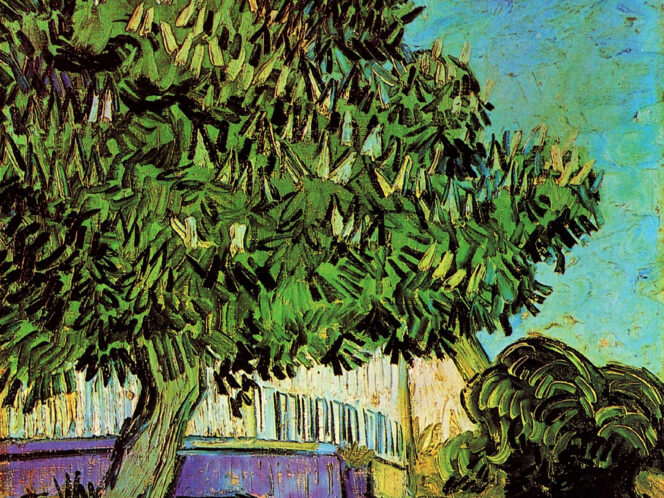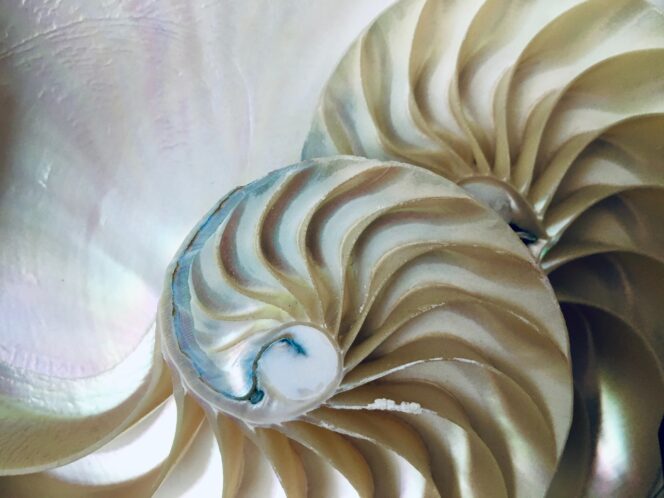
They can be spotted in Van Gogh’s and Pollock’s paintings, in the architecture of Angkor Wat, in the Venetian Doge’s Palace, and in Mozart’s compositions. I’m referring, of course, to fractals.
The 1990s witnessed a heated debate about Jackson Pollock’s paintings. It all began after Teri Horton purchased what was supposedly one of his paintings for $5. The authenticity of the painting was questioned by art connoisseurs – after extensive research it was decided that it was too dark in colour and painted with acrylic paints that Pollock never used. Moreover, the canvas was of standard size, which was odd, since Pollock used sail cloth, which he manually trimmed. Still, the expert opinions weren’t generally accepted. In response, mathematician Richard Taylor decided to unequivocally determine whether the painting was authentic. Using the 1948 painting Number 1 as a model, he adopted a method of box-counting: he superimposed onto canvas ‘box-shaped’ pieces at each smaller scale. Then he counted how many boxes contained the elements of the painting. The idea was to measure the extent to which the pattern covered the surface.
The number of boxes corresponds to the covered surface. Of course, this number changes depending on the size of the ‘box’. What is crucial is the rate of these changes, since it allows us to determine how many dimensions a given object has. Here’s a simple example:
The first drawing contains a one-dimensional








